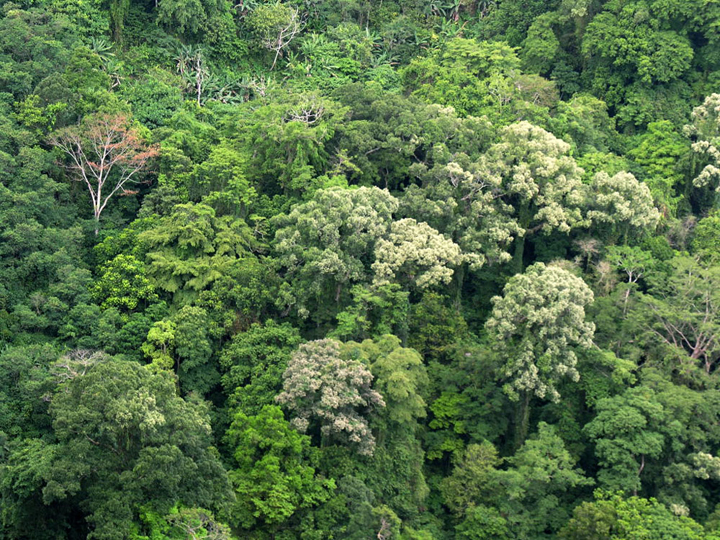Asia’s forests have immense ecological, social and economic significance, spanning 549 million hectares, or 14 percent, of the total global coverage. The area provides vital ecosystem services and protection against climate impacts for 4.5 billion people living in the region.
These ecosystems contribute to the spiritual, cultural and physical well-being of the people in Asia and the Pacific.
With the mounting pressures on biodiversity in recent years, conserving vital habitats and ecosystems have become an urgent priority.
Executive Director Dr. Theresa Mundita S. Lim of the Asean Centre for Biodiversity (ACB) said that the economic benefits arising from the sustainable use of biological resources are vital in Asean’s overall stability.
“Disruptions in these vital ecological processes can, therefore, result in substantial, even grave, impacts, affecting the security, health, and well-being of people and communities,” Lim said.
The ACB joined the “International Symposium on Ecosystem Restoration for Green and Peace Asia,” an online event held on August 18 that aims to develop a network among forest-related institutions in Asian region, policymakers and international organizations.
The symposium was organised by the Korean Society of Forest Science and the Institutes of Green Bio Science and Technology in Seoul National University.
It highlighted the successful cases and lessons from projects or programs on ecosystem restoration across Asia, including regional organisations, such as the ACB, and the Asian Forest Cooperation Organization (AFoCO), which shared and discussed their respective greening strategies.
These reforestation initiatives contribute to the UN Decade on Ecosystem Restoration, a global call to rehabilitate and restore the world’s vulnerable ecosystems.
Asean Green Initiative
Among the Asean’s response to the global call for ecosystem restoration is the Asean Green Initiative (AGI), which was launched last August 6.
Led by the ACB and the Asean Secretariat, the AGI aims to recognize the best ecosystem restoration activities in the region that focus on a holistic and participatory approach in regenerating and conserving ecosystems and vital habitats for wildlife.
The initiative encourages planting of at least 10 million native tree species across the 10 Asean member states (AMS) in a span of 10 years—or 10.10.10—in harmony with the UN Decade of Ecosystem Restoration.
“The 10.10.10 target is but a start to a collective greening movement in the region, and even beyond,” Lim said.
She pointed out that “the meaningful collaboration and cooperation among development and dialogue partners” is essential in scaling up regeneration and restoration efforts.
Branching out across Asia
Following the symposium, the ACB and AFoCO met to discuss common areas of collaboration.
The capacity development for forestry and biodiversity conservation, mapping of degraded ecosystems and promotion of the AGI were among steps identified during the meeting.
The formation of a working group composed of representatives from the two regional organizations is in the pipeline to better flesh out the concept and plans for future partnership.
The ACB has likewise had initial talks for possible partnership with the Republic of Korea, particularly in coastal and marine conservation.
Lim said Korea’s green growth policies may be synchronised with the ACB’s efforts to mainstream biodiversity into various sectors, including business, industries and finance.
During the symposium, she underscored that nature-positive perspectives and processes in the economic and finance sectors would relieve the pressure of expansion and land use conversion that greatly impacts vast areas of forests and other vital ecosystems.
Restoring ecosystems is a massive global endeavour that would take a whole-of-society approach. Thus, cultivating these partnerships and forging sturdy cooperation within and beyond the Asean is vital in building back better and greener.
Besides ACB and AFoCO, other regional organisations, such as the Center for International Forestry Research and Mekong Institute, attended the international symposium, along with resource persons from Cambodia, Indonesia, South Korea, the Philippines, Mongolia, Vietnam and Uzbekistan who likewise shared their respective greening strategies.
































